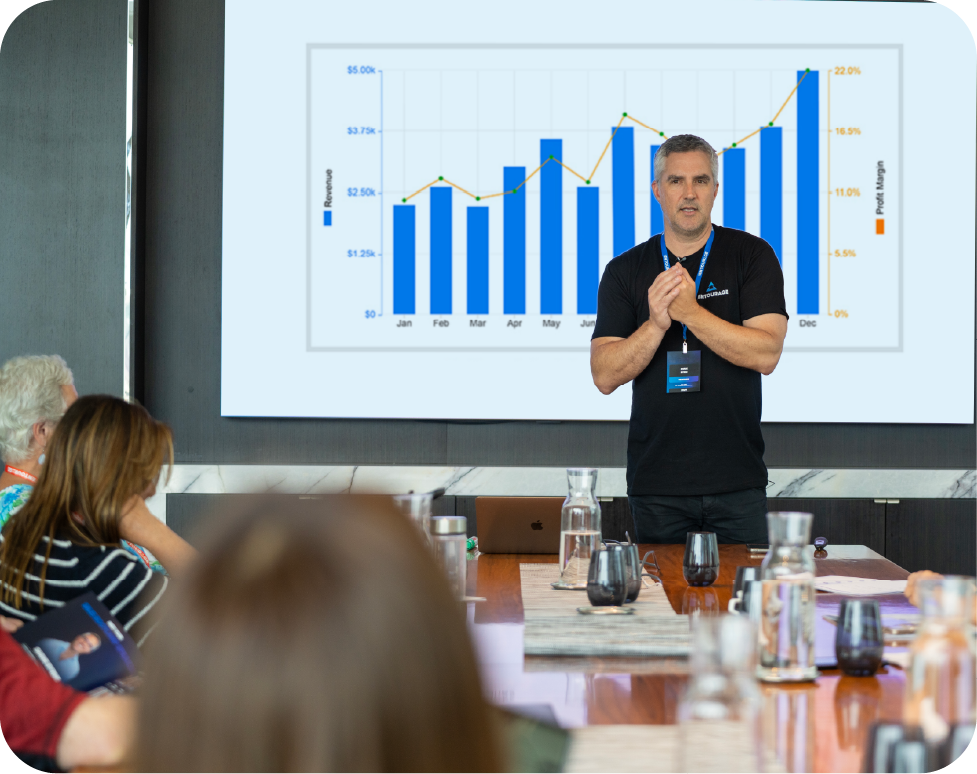Humidity can quietly undermine the performance and longevity of sensitive electronics. Whether you’re working in coastal regions, tropical climates, or enclosed industrial spaces with high atmospheric moisture, the challenge remains consistent: preserving the integrity of your devices. Corrosion, short circuits, signal interference, and even complete failure of equipment are all realistic consequences of prolonged exposure to damp air. Preventing these outcomes isn’t about a single fix—it’s about creating a strategy of layered protection that suits the environment, the equipment, and its use case.
Understanding How Humidity Affects Electronics
Humidity introduces water molecules into the surrounding air, and these molecules often condense on cooler surfaces—including circuit boards and wiring. This condensation creates a thin, conductive film that causes electrons to flow where they shouldn't. Over time, this may result in corrosion of connectors and metal traces, reduced insulation resistance, and false triggering in digital circuits. Temperature fluctuations only make things worse, especially in sealed environments where dew points are regularly reached.
High humidity accelerates the degradation of certain materials used in electronics—especially plastics and coatings that aren’t designed to resist environmental wear. These subtle changes are rarely noticeable in the short term, but they can significantly reduce operational life over months or years.
Why Consumer-Level Protection Isn’t Enough
Standard protective measures, such as keeping devices off the floor or using inexpensive plastic enclosures, rarely provide meaningful defense in truly humid conditions. Most off-the-shelf solutions aren’t engineered for high-stakes environments like water treatment facilities, agricultural fields, or production lines near steam-generating equipment. Basic sealing techniques fail to stop water vapor from infiltrating over time, and once inside, that vapor can condense into actual water droplets as temperatures fluctuate.
Small desktop dehumidifiers and silica gel packs offer some benefits in home or office environments, but their effect is localized and temporary. If sensitive electronics must function reliably in demanding locations, purpose-built environmental protection is non-negotiable.
Humidity Control Within Larger Enclosures and Cabinets
When electronics are stored in cabinets, panels, or server racks, managing the internal environment becomes more complex. Desiccants and small heaters are often used to maintain low relative humidity levels. These aren’t just reactive measures—they're preventive ones. The goal is to create a space where condensation simply can’t form, regardless of outside conditions.
Industrial climate control systems often include sensors that monitor real-time humidity and activate fans, heaters, or dehumidifiers accordingly. Such systems reduce maintenance needs and extend equipment lifespan by responding before damage occurs. In larger setups, dedicated HVAC units can be deployed to keep entire rooms at a consistent, electronics-safe level of humidity.
Moisture-Proofing for Outdoor Installations
Outdoor environments present a different level of exposure. Beyond humidity, devices may need protection from rain, snow, or even salt-laden air near the ocean. Mounting orientation, shelter design, and sunlight exposure all play roles in how quickly an enclosure might degrade or allow moisture inside.
Sealing electronics for the outdoors often requires layered strategies. Raised platforms help avoid puddles and splashes. UV-resistant coatings protect the enclosure material itself from breakdown. Thermal insulation reduces temperature shifts that contribute to internal condensation. In these situations, the quality of the housing enclosure plays an outsized role in reliability, which is why professionals, such as experts from BUD Industries, rely on NEMA-rated and IP-rated boxes to ensure long-term performance and reduce service interruptions in extreme environments. Proper placement, along with selecting the right materials and sealing methods, can significantly extend the life of sensitive equipment exposed to outdoor elements.
Temperature Management to Avoid Condensation
Temperature swings are often the real cause of failure—not the absolute level of humidity. When electronics cool faster than the air around them, condensation occurs on their surfaces. Managing internal temperatures can reduce this risk. Small heaters or heating pads, often regulated by thermostats, are commonly placed inside enclosures where night/day temperature swings are pronounced.
Even modest thermal control can delay or prevent the dew point from being reached inside equipment. The goal isn’t to keep the electronics warm, but to keep them above the surrounding air’s dew point. That single difference prevents water droplets from forming on sensitive surfaces.
Routine Maintenance and Monitoring
Protective systems only work when they're properly maintained. Gasket degradation, vent clogging, or seal failure often go unnoticed until problems arise. Periodic inspection, testing, and replacement of enclosure components are key to long-term moisture protection.
Some setups benefit from integrated monitoring systems that report humidity levels, pressure differences, or temperature thresholds in real time. With the right software alerts in place, technicians can intervene before humidity causes damage. This is especially important in remote or mission-critical installations where unplanned downtime has high costs.
Sensible planning at the design stage, combined with thoughtful maintenance and active monitoring, creates a framework that supports both safety and reliability. Protecting sensitive electronics from moisture isn’t just a technical necessity—it’s a responsibility that impacts performance, sustainability, and trust.
Related Categories
Ryan Terrey
As Director of Marketing at The Entourage, Ryan Terrey is primarily focused on driving growth for companies through lead generation strategies. With a strong background in SEO/SEM, PPC and CRO from working in Sympli and InfoTrack, Ryan not only helps The Entourage brand grow and reach our target audience through campaigns that are creative, insightful and analytically driven, but also that of our 6, 7 and 8 figure members' audiences too.





